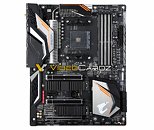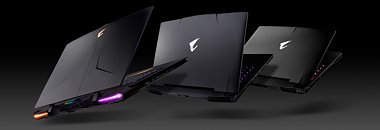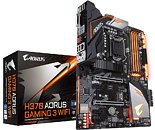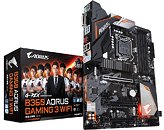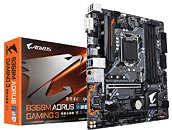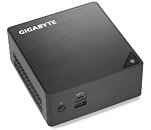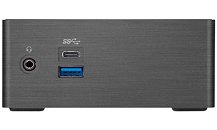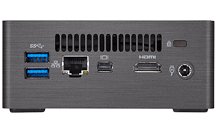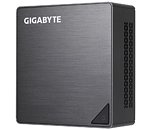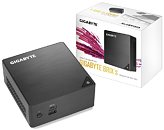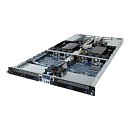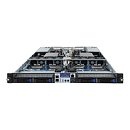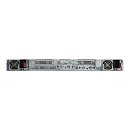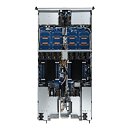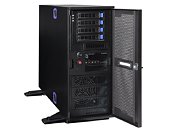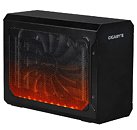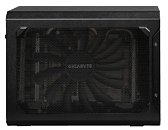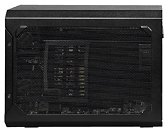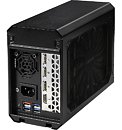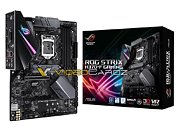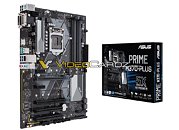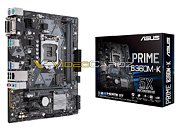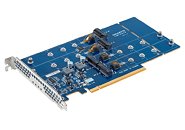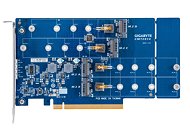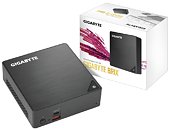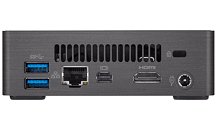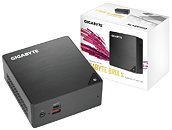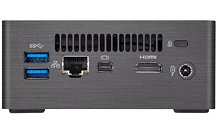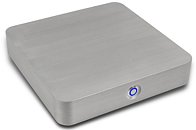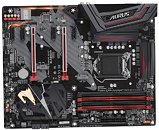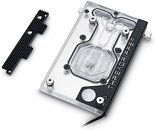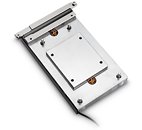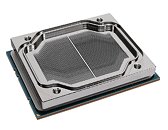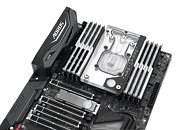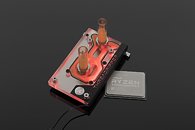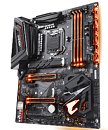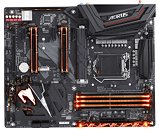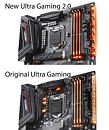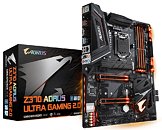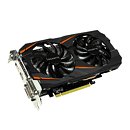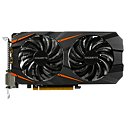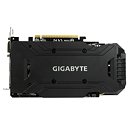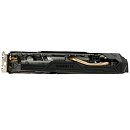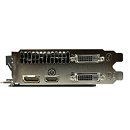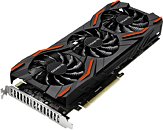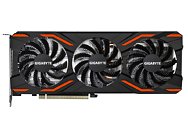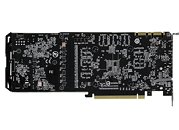
Here's the Clearest Picture of GIGABYTE X470 Aorus Gaming 7 WiFi
GIGABYTE X470 Aorus Gaming 7 was the first X470 motherboard to be shown off to the world. With its chipset name redacted, the board was even shown off at the 2018 International CES, early January. Now closer to its mid-April launch alongside AMD Ryzen 2000-series "Pinnacle Ridge" processors, we have the first clear picture of the board.
The board features the same design scheme GIGABYTE introduced with its Aorus-branded motherboards based on Intel 300-series chipset. There are subtle changes in the retail board, compared to the prototype shown off at CES, such as more decals over the VRM heatsinks and the rear I/O shroud. As detailed in our CES coverage of this board, it has all the bells and whistles to be the company's next flagship socket AM4 product, and could be priced north of $200 or even $250. There could be a sub-variant that lacks the WLAN module.
The board features the same design scheme GIGABYTE introduced with its Aorus-branded motherboards based on Intel 300-series chipset. There are subtle changes in the retail board, compared to the prototype shown off at CES, such as more decals over the VRM heatsinks and the rear I/O shroud. As detailed in our CES coverage of this board, it has all the bells and whistles to be the company's next flagship socket AM4 product, and could be priced north of $200 or even $250. There could be a sub-variant that lacks the WLAN module.
